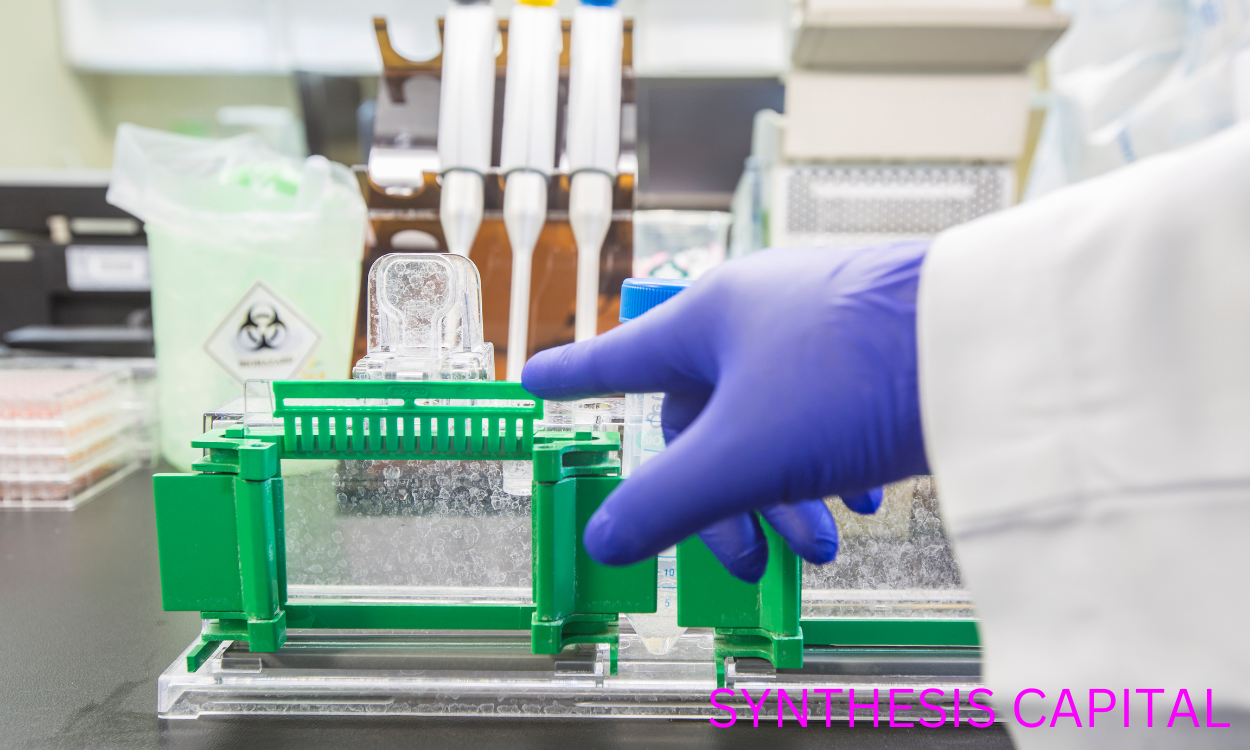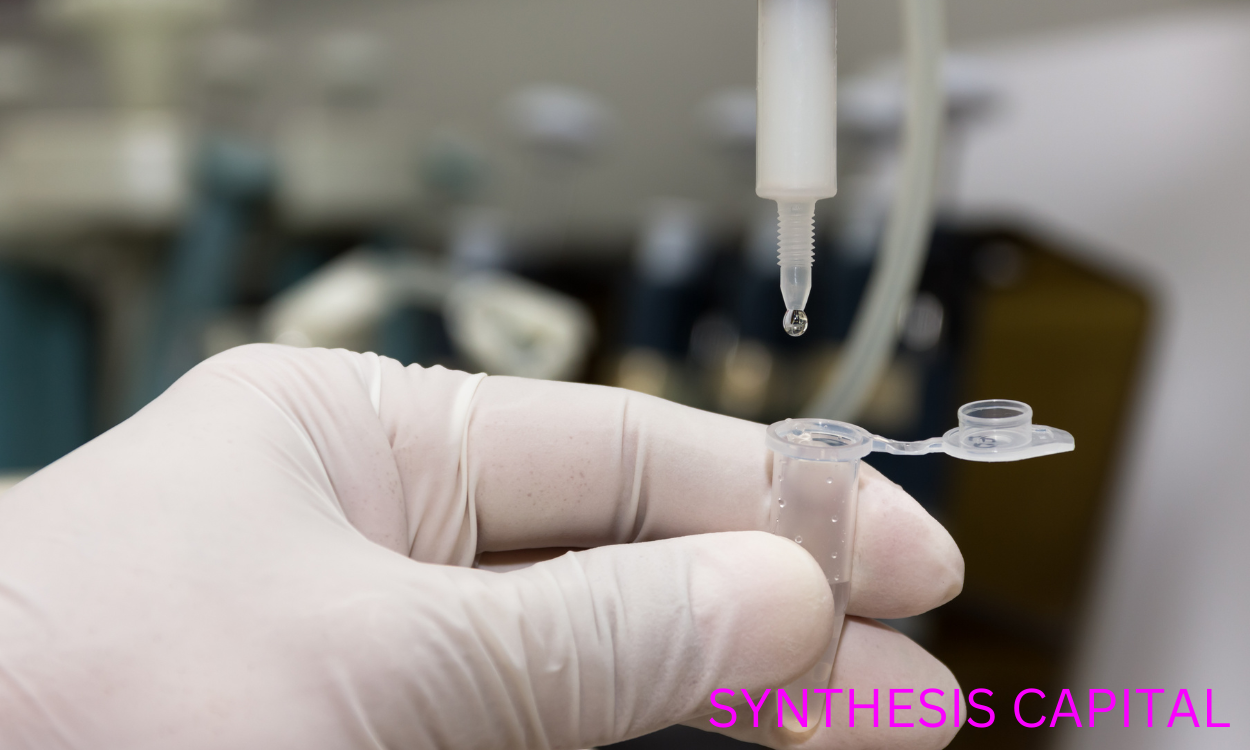Lysis buffer is a crucial component in the process of extracting membrane proteins from cells. This specialized solution contains detergents, salts, and other chemicals that effectively disrupt the cell membrane, releasing the proteins contained within. By breaking down the lipid bilayer and solubilizing the proteins, lysis buffer allows researchers to isolate and study membrane proteins for various biochemical and biophysical analyses. The composition and pH of the lysis buffer are carefully optimized to ensure efficient extraction of membrane proteins while maintaining their structural integrity and functionality. Overall, lysis buffer plays a vital role in the successful extraction of membrane proteins, enabling research into their biological functions and potential therapeutic applications.
Determining the Optimal Concentration of Lysis Buffer for Membrane Protein Extraction
The optimal concentration of lysis buffer for membrane protein extraction varies depending on the specific characteristics of the membrane proteins being targeted. Generally, a concentration between 1-2% of a non-ionic detergent such as Triton X-100 or NP-40 is effective in solubilizing membrane proteins while maintaining their structural integrity. However, this concentration may need to be adjusted based on the nature of the membrane proteins, the type of membrane being extracted from, and the downstream applications of the extracted proteins. It is important to optimize the lysis buffer concentration through careful experimentation to achieve the best results for each individual case.

How does the choice of detergents in the lysis buffer affect membrane protein solubilization?
The choice of detergents in the lysis buffer significantly impacts membrane protein solubilization by disrupting the lipid bilayer of the cell membrane and extracting the proteins embedded within. Different detergents have varying properties such as charge, hydrophobicity, and size, which can affect their ability to solubilize specific types of membrane proteins. For example, non-ionic detergents like Triton X-100 are commonly used for solubilizing membrane proteins with hydrophobic regions, while zwitterionic detergents like CHAPS are better suited for solubilizing proteins that are sensitive to ionic interactions. Therefore, choosing the appropriate detergent for the lysis buffer is crucial in effectively extracting membrane proteins for downstream analysis.
Possible Additives for Enhancing Efficiency of Lysis Buffer in Extracting Membrane Proteins
Some specific additives that can enhance the efficiency of lysis buffer in extracting membrane proteins include detergents such as Triton X-100 or NP-40, which can disrupt the lipid bilayer of the cell membrane and solubilize membrane proteins. Other additives like protease inhibitors can prevent degradation of the extracted proteins, while reducing agents like DTT or beta-mercaptoethanol can help maintain the native conformation of the proteins. Additionally, salts like NaCl or urea can aid in breaking protein-protein interactions and improving solubility of membrane proteins in the lysis buffer. Overall, the combination of these additives can significantly improve the yield and quality of membrane protein extraction.
Investigating the Effect of Lysis Buffer pH on Membrane Protein Stability
The pH of the lysis buffer can significantly impact the stability of membrane proteins during extraction. Membrane proteins are highly sensitive to changes in their surrounding environment, and alterations in pH can disrupt their structural integrity and functionality. An incorrect pH in the lysis buffer can lead to denaturation or aggregation of membrane proteins, ultimately affecting the success of the extraction process. It is crucial to carefully optimize the pH of the lysis buffer to ensure the preservation of membrane protein stability and integrity for accurate downstream analysis and experimentation.
Investigating the Impact of Incubation Duration with Lysis Buffer on Yield of Extracted Membrane Proteins
The duration of incubation with lysis buffer plays a critical role in the yield of extracted membrane proteins. A longer incubation time allows for more thorough disruption of the cell membrane, leading to increased release of membrane proteins into the solution. Conversely, a shorter incubation time may result in incomplete lysis and lower protein yield. It is important to optimize the incubation period to achieve maximum extraction efficiency while preventing excessive degradation of proteins. Overall, the duration of incubation with lysis buffer significantly impacts the yield of extracted membrane proteins by influencing the extent of cell membrane disruption and subsequent protein release.

Is it possible to reuse lysis buffer for multiple lysis buffer for membrane protein extraction rounds of membrane protein extraction?
It is generally not recommended to reuse lysis buffer for multiple rounds of membrane protein extraction as the components of the buffer can become depleted or degraded with each use, potentially leading to decreased efficiency and variability in results. Additionally, the presence of leftover proteins from previous extractions could contaminate subsequent samples. To ensure reliable and consistent results, it is best practice to prepare fresh lysis buffer for each round of membrane protein extraction.
What are the potential risks or side effects of using lysis buffer for membrane protein extraction?
Using lysis buffer for membrane protein extraction can carry potential risks or side effects such as denaturation of proteins, loss of protein activity, and interference with downstream applications due to the harsh conditions required for cell disruption. Additionally, incomplete cell lysis may result in contamination of the protein sample with cytoplasmic proteins, nucleic acids, or other cellular components, leading to inaccurate results. Furthermore, some detergents present in lysis buffer can disrupt protein-protein interactions or affect the stability of the membrane proteins, impacting their function and structure. Careful optimization of lysis conditions and buffer composition is necessary to minimize these risks and ensure successful extraction of membrane proteins for downstream analysis.
Exploring the Impact of Cell Membrane Composition on Lysis Buffer Efficacy in Protein Extraction
The composition of the cell membrane plays a crucial role in determining the effectiveness of lysis buffer in protein extraction. The cell membrane is composed of a phospholipid bilayer with embedded proteins that act as barriers to prevent substances from entering or leaving the cell. Lysis buffer works by breaking down this lipid bilayer and disrupting the proteins within it, allowing for the release of cellular contents, including proteins. The specific composition of the cell membrane, such as the types of lipids and proteins present, can affect how easily the lysis buffer can penetrate and break down the membrane, ultimately influencing the efficiency of protein extraction. Additionally, variations in the composition of the cell membrane between different cell types can impact the effectiveness of lysis buffer in extracting proteins.